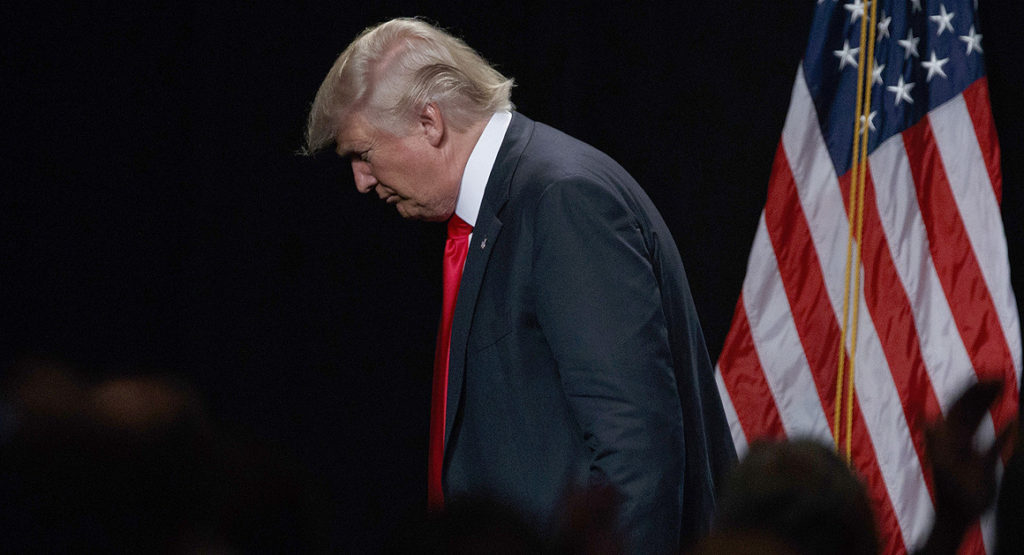On the November 6th U.S midterms the Republicans preserved their Senate majority, while the Democrats took control of House seats — a divisive situation which leaves the future of the United States-Mexico-Canada (USMCA) trade deal somewhat uncertain.
As many know, trade deals must be passed by both the House and the Senate, so this new situation gives rise to many questions. While both parties spoke of bi-partisanship and working together towards a better future there is a lot of evidence within the first week since the election to suggest the contrary.
The USMCA agreement and the renegotiated North American Free Trade Agreement (NAFTA) that was finalized last month, could fall victim to partisan politics — a term used for politicians who strongly support their party’s policies and are reluctant to compromise with their political opponents.
Historically, the Democrats have traditionally stood for free and fair trade. “The real issue will be whether or not they’ll be in refusal mode and will just want to stick it to Trump in every possible way they can, or if this is actually something that a few Democrats may actually want to get behind,” said Greg Anderson, an associate professor of political science at the University of Ottawa.
Experts predict the trade deal will eventually gain approval but until it’s ratified, businesses all across Canada, the United States and Mexico will have to deal with considerable unknowns as they try to make long-term decisions on export, import, strategy and investments.
It’s unlikely the entire trade deal would get thrown out, as Congress would need to pass legislation to implement a new trade deal in its entirety, but instead, the agreement may be delayed or halted as a result of the midterm results. Bottom line for Canadian businesses is that there is going to be uncertainty for a number of months.
Beyond these factors, Mexico’s new government is led by Andrés Manuel López Obrador, who has been known to argue against free-market policies. While he’s expressed support of the USMCA he shared misgivings about NAFTA.
“The fact that the deal was signed by Trump means they’re really going to be reluctant to agree to the deal. So, it’s just going to be that much harder to get this new agreement through Congress,” Robert Wolfe, a former professor at Queens University and expert on trade policy said.
It’s also important to note, a Democratic House majority may provide some benefit to the trade deal. For example, if Trump wanted to withdraw from NAFTA, there would be question if he was legally able to do so without agreement from both the House and the Senate. On the flip side, party leaders have already said that new labor and environmental standards in the updated NAFTA deal will receive close scrutiny.
Finally, the U.S. midterm results will also inform other cross-border impacts for Canada and Canadian businesses, including tariffs on steel and aluminum imports from north of the border.
The hope among the small business community is that tariffs are lifted by the USMCA signing at the end of November, but there’s a chance that the levies will remain in place longer than that.
Details are still being discussed, however with public acknowledgement by GOP leaders that the new trade deal may run into roadblocks, a congressional vote will likely slip well into 2019.
While the U.S. and Canadian economy are progressing very well, there is no doubt that the mid-term results have introduced greater uncertainty into Trump’s presidency.
Be sure to visit the Bullfrog Blog often for more tips on marketing, productivity and risk mitigation.
